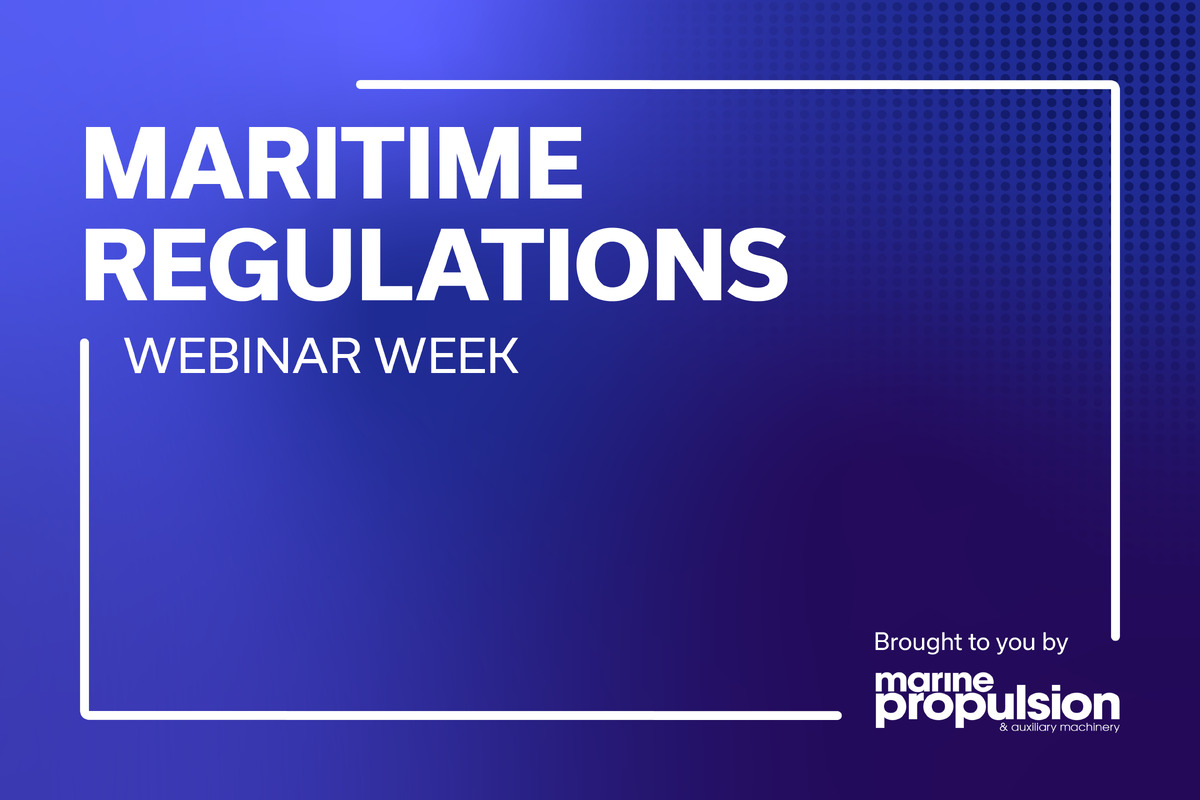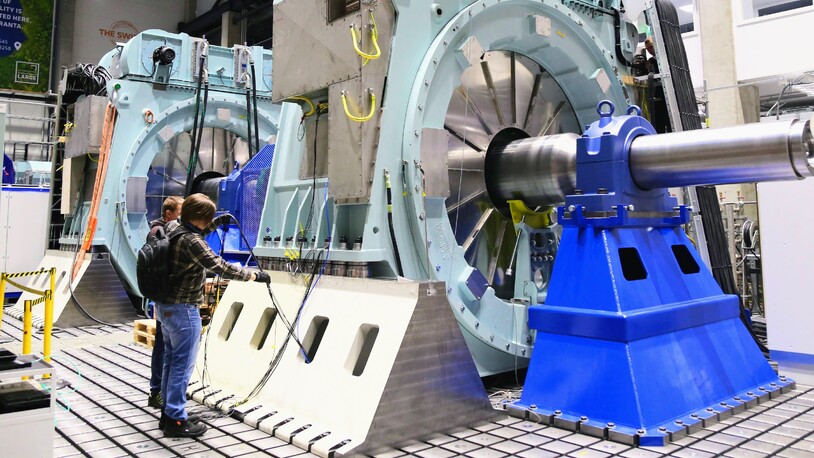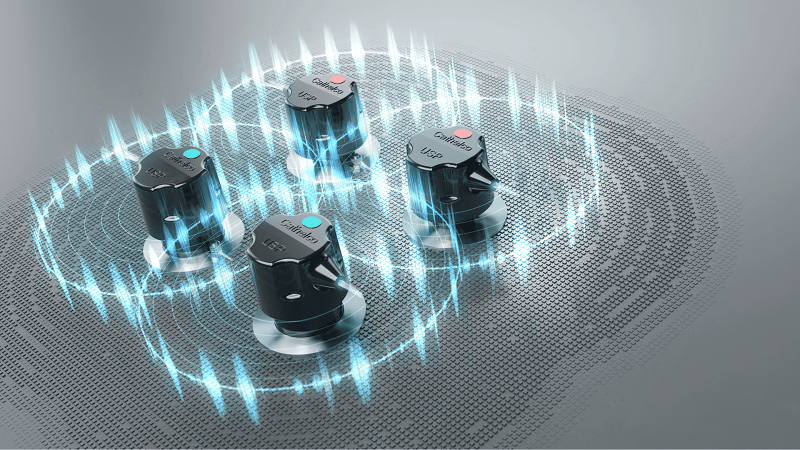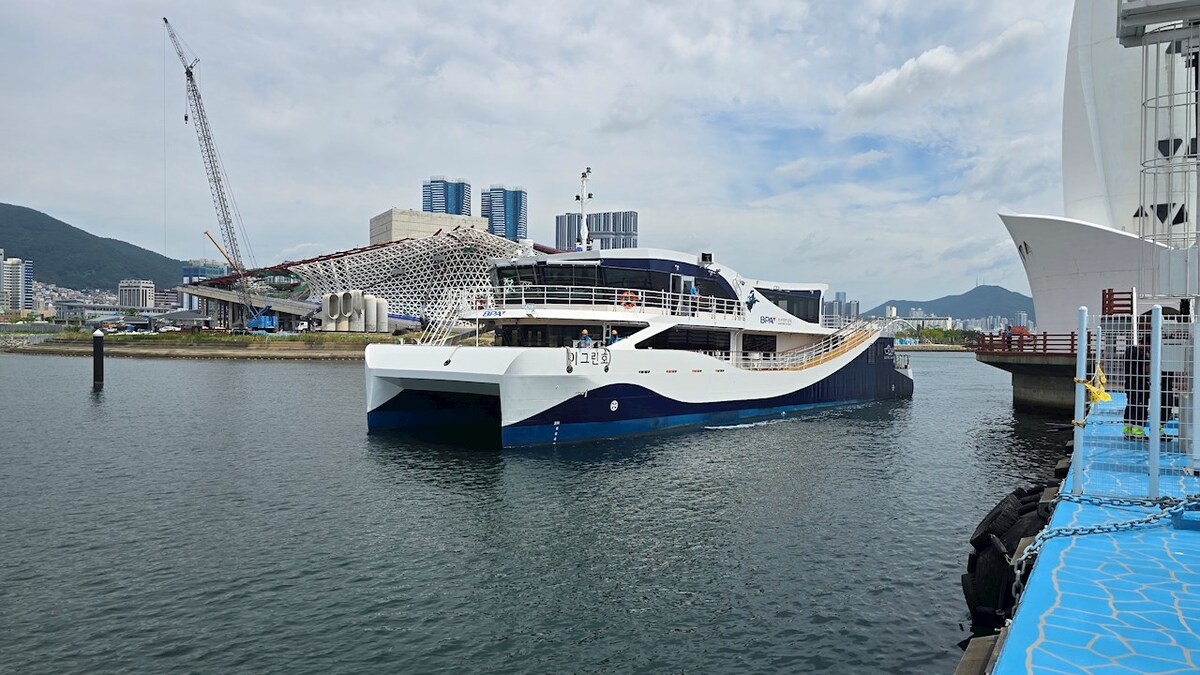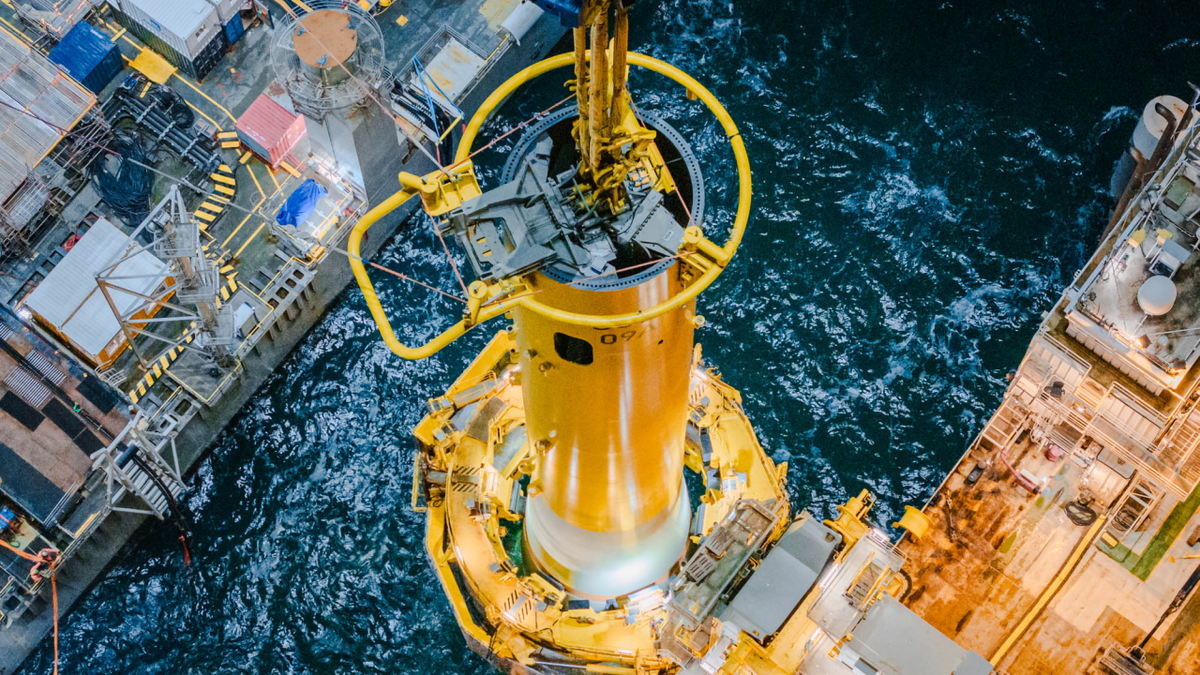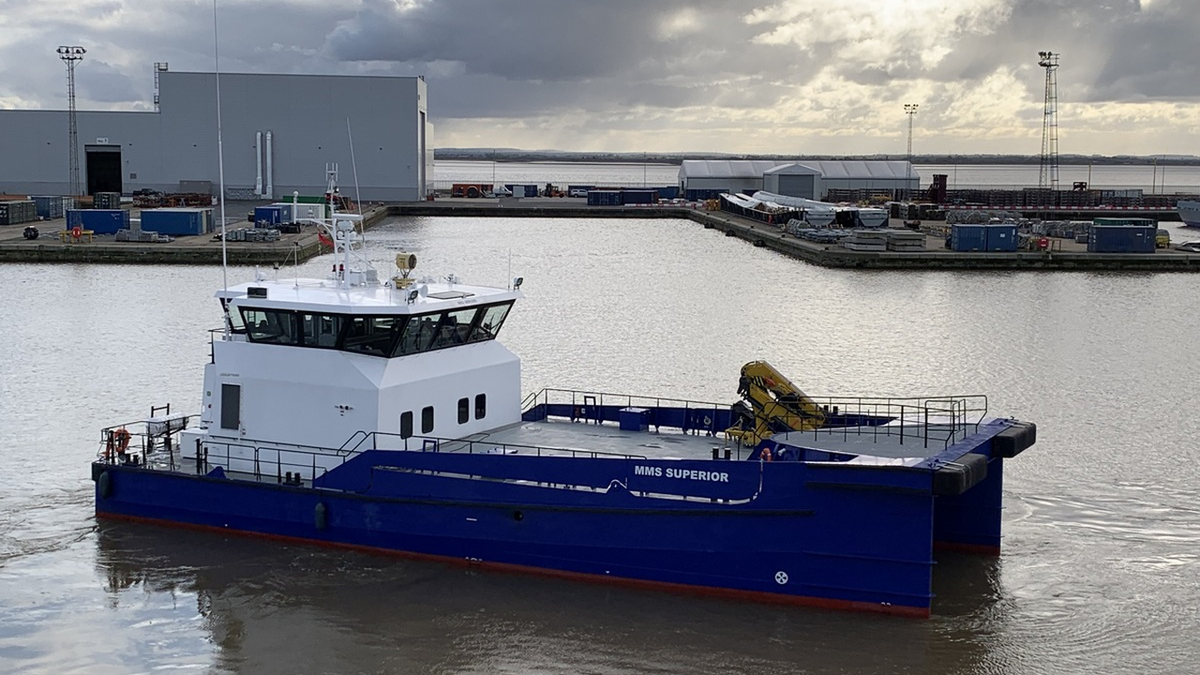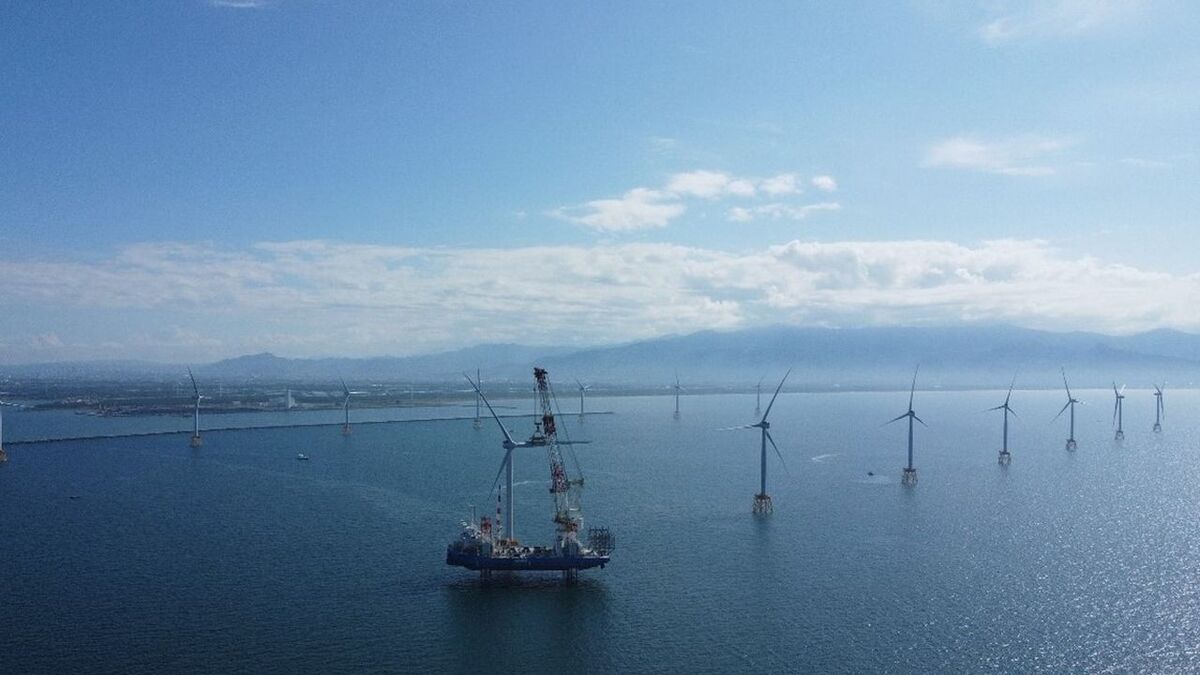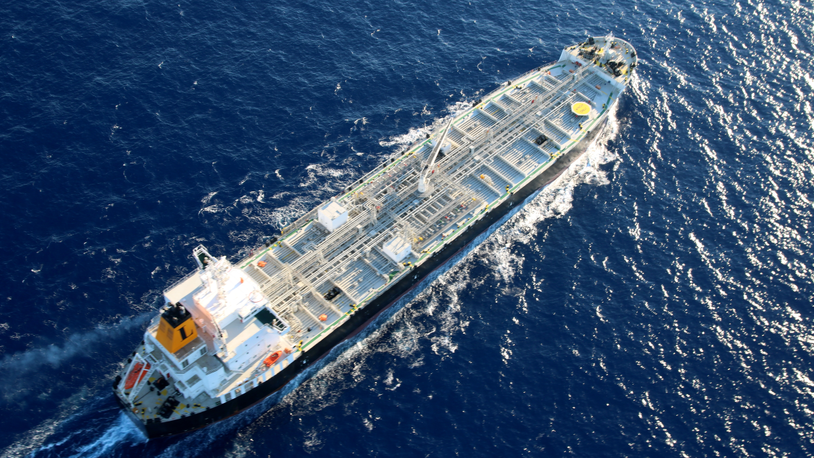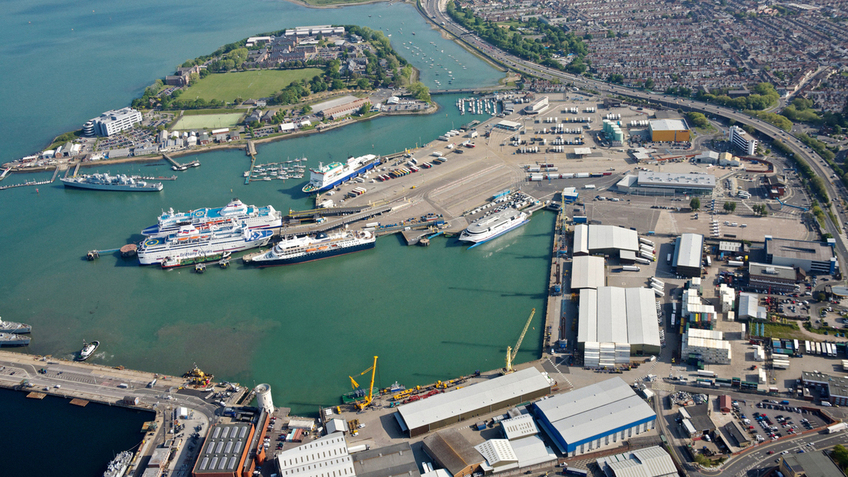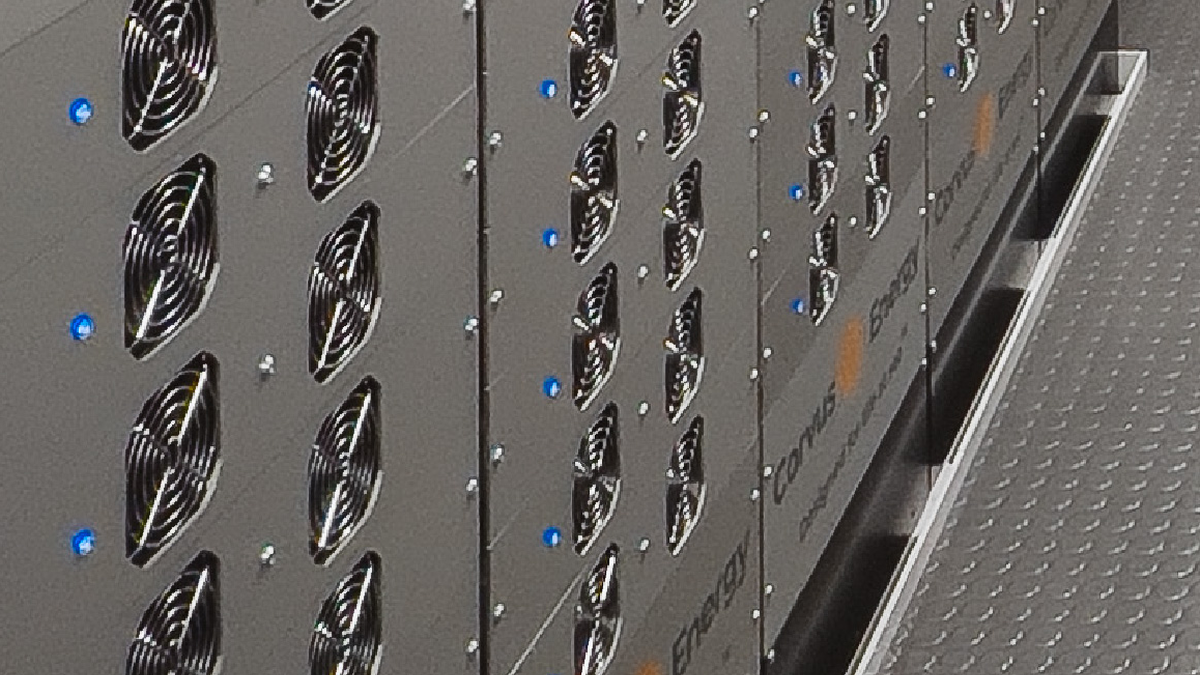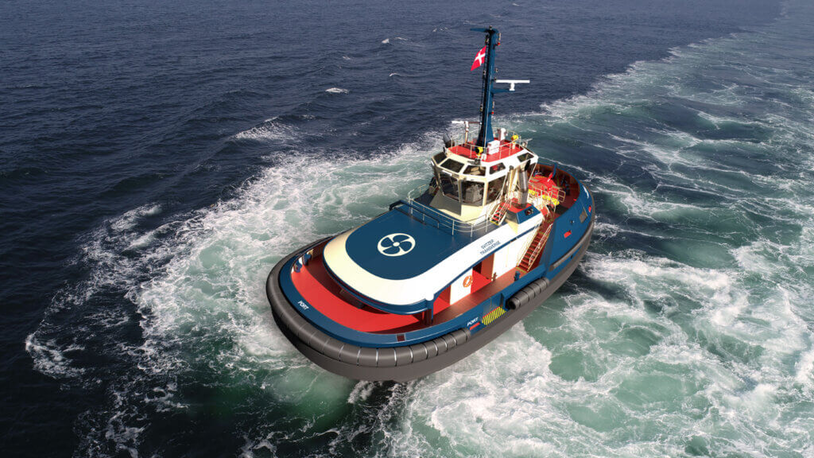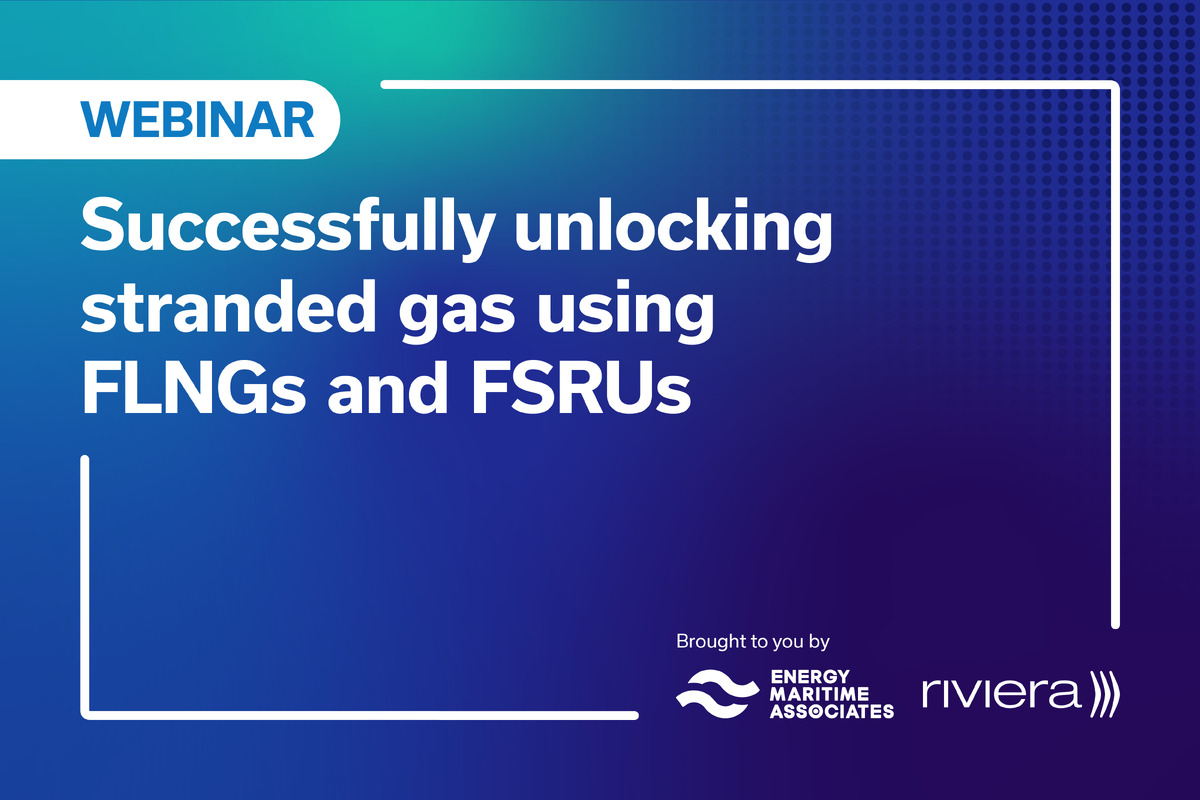Business Sectors
Events
Contents
Proactive biofouling management and its impact on efficiency and sustainability
As the maritime industry faces tightening emissions regulations, fuel-saving technologies are more critical than ever. One such technology is ultrasonic antifouling, which not only improves fuel efficiency but also aligns with global sustainability goals by preventing biofouling at the source.
The hidden costs of biofouling
Biofouling is the build-up of marine life on a vessel’s submerged surfaces. From the moment a ship enters the water, microorganisms like algae, followed by larger macro-fouling organisms such as barnacles, begin to adhere to the hull. This significantly increases drag, causing vessels to consume more fuel and produce more emissions.
While biofouling is often overlooked as a contributor to the escalating costs in maritime operations, the gradual accumulation of marine organisms is a silent, yet costly, adversary for shipowners.
Studies have shown that heavy fouling can increase fuel consumption by up to 40%, driving up both operating costs and GHG emissions. Finding a long-term solution to this persistent problem is therefore essential.
In addition to its impact on costs and emissions, biofouling poses a threat to marine ecosystems. The spread of invasive aquatic species via vessel hulls can devastate local habitats, outcompeting native species and causing biodiversity loss. Addressing this is critical for both the shipping industry and global marine conservation efforts.
The rise of ultrasonic solutions
Traditional antifouling measures, such as biocidal paints and manual hull cleaning, have limitations. Biocidal paints can harm marine ecosystems, while manual cleaning is costly and reactive, which is why ultrasonic antifouling is seen as a game-changer in proactive biofouling management.
Cathelco’s patented USP DragGone™ technology transmits ultrasonic waves through the hull surface, disrupting biofouling at the micro level. By preventing biofouling from the outset, DragGone™ provides a non-invasive and cost-effective method of maintaining hull cleanliness without the need for dry-docking.
A key feature of DragGone™ is its use of guided wave and heterodyning technologies. Guided wave technology allows ultrasonic waves to travel longer distances, covering more surface area with 60% fewer transducers. This simplifies installation and reduces maintenance needs. Heterodyning, on the other hand, generates multiple frequencies, targeting a wider range of fouling species. This comprehensive approach ensures effective biofouling protection across diverse marine environments.
Fuel and emissions savings
Effective biofouling management is identified as a key optimisation element for reducing a vessel’s carbon intensity and achieving the International Maritime Organization’s (IMO) ambitious goal of net-zero GHG emissions from international shipping by 2050.
Cathelco’s ultrasonic antifouling technology delivers up to a 13% improvement in fuel efficiency, reducing both operational costs and emissions. For example, a pilot installation on the Baynes Sound Connector, a 78.5m ferry, significantly reduced drag and enabled the vessel to meet its daily transit targets, which was previously unachievable without this technology.
Beyond its environmental benefits, the system’s proactive approach provides a tangible financial return on investment. By reducing the need for manual cleaning and frequent dry-docking, it enhances vessel readiness and efficiency, ensuring ships can continue operating with minimal disruption. By keeping vessels in optimal condition from day one, operators can extend service life, ensure compliance with IMO regulations, and enhance hydrodynamic performance.
Compliance and environmental responsibility
As regulations intensify and fuel costs continue to rise, the need for effective biofouling management has never been more pressing. For instance, the IMO’s Biofouling Guidelines require vessels to have a Biofouling Management Plan (BMP) to prevent the spread of invasive species. These guidelines are complemented by stricter regional regulations in areas like California, Australia, and New Zealand, further emphasising the global importance of proactive biofouling management.
Cathelco’s ultrasonic antifouling system, DragGone™, sets a new standard in biofouling management. It not only ensures compliance with these regulations but also helps ship operators demonstrate their commitment to sustainability. Its eco-friendly, non-biocidal approach helps reduce the spread of invasive species and minimises the industry’s environmental footprint, aligning with the industry’s broader environmental goals. The ability to maintain a clean hull without the use of harmful chemicals positions DragGone™ as a critical tool for shipowners looking to future-proof their operations.
As operators face increasing scrutiny and pressure to demonstrate environmental responsibility, adopting sustainable technologies is crucial, allowing the maritime industry to stay competitive while safeguarding the oceans it depends upon. With its proven effectiveness, ease of installation, and dual environmental and financial benefits, USP DragGone™ represents the future of clean, efficient maritime operations.
Learn more by visiting our website.
Related to this Story
Events
Maritime Regulations Webinar Week
Floating energy: successfully unlocking stranded gas using FLNGs and FSRUs
© 2024 Riviera Maritime Media Ltd.
